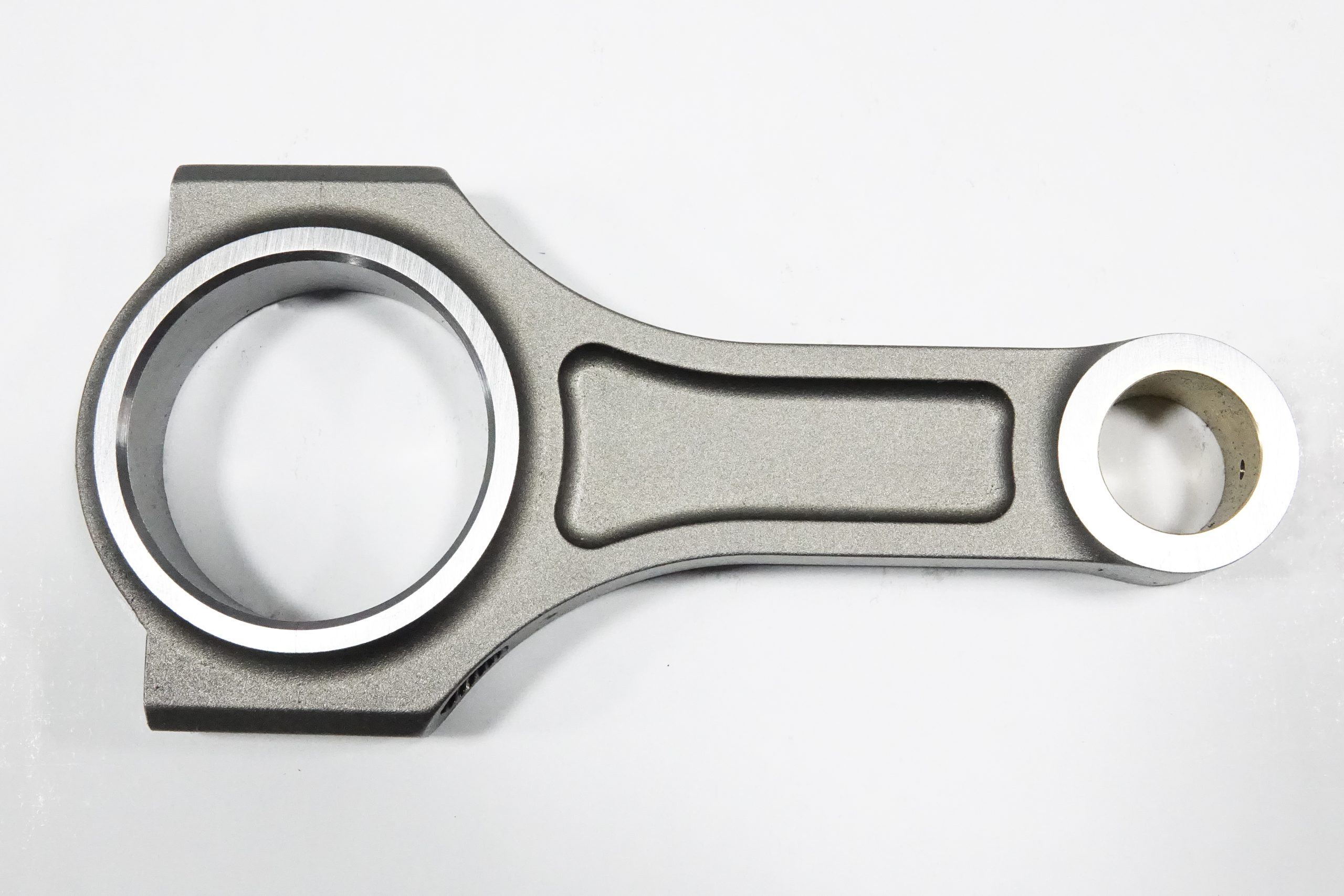Connecting Rod Bushing Bonanza delves into the intriguing world of connecting rod bushings, a small but essential component in internal combustion engines. These bushings, which are located in the small end of the connecting rod, provide a wear-resistant surface between the connecting rod and piston pin, ensuring smooth and efficient operation. In this article, we will explore the factors that contribute to connecting rod bushing performance, including material selection, design, and maintenance.
Material selection is a crucial aspect of connecting rod bushing performance. Common materials include bronze, aluminum, and steel alloys. Each material offers a unique set of advantages and disadvantages in terms of wear resistance, thermal properties, and load-carrying capacity.
Bronze is a popular material for connecting rod bushings due to its excellent wear resistance and compatibility with various lubricants. However, it can have limited load-carrying capacity compared to other materials. Aluminum is another common material, offering good thermal properties and lightweight but may not provide the same level of wear resistance as bronze. Steel alloys are used for their high load-carrying capacity and durability, but they may require more specialized lubricants to ensure optimal performance.

The design of the connecting rod bushing is essential for ensuring proper performance. Factors such as the shape, dimensions, and tolerances must be carefully considered to create a bushing that provides a reliable and wear-resistant surface.
Maintenance and lubrication are also critical aspects of connecting rod bushing performance. Proper lubrication reduces friction and heat, preventing premature wear or failure. Selecting the correct lubricant for a given application is essential, as it must be compatible with the bushing material and provide adequate protection under various operating conditions. Regular inspection of the connecting rod bushings for wear or damage is also vital to maintaining engine performance and reliability.
In conclusion, connecting rod bushings play a crucial role in the overall performance and longevity of internal combustion engines. By understanding the factors that influence connecting rod bushing performance, we can make informed decisions when building or modifying engines to maximize efficiency and extend the life of the engine. From material selection to proper maintenance, the realm of connecting rod bushings offers endless opportunities for innovation and improvement in the pursuit of engine excellence.
